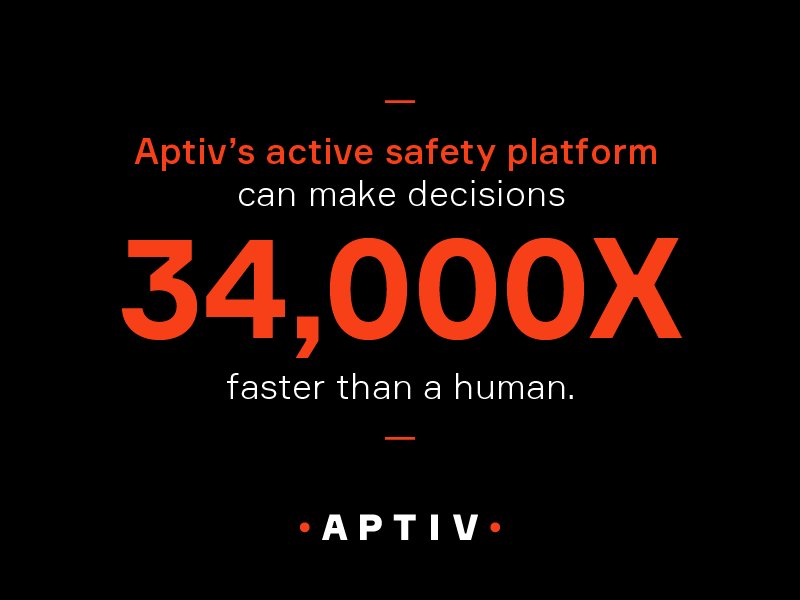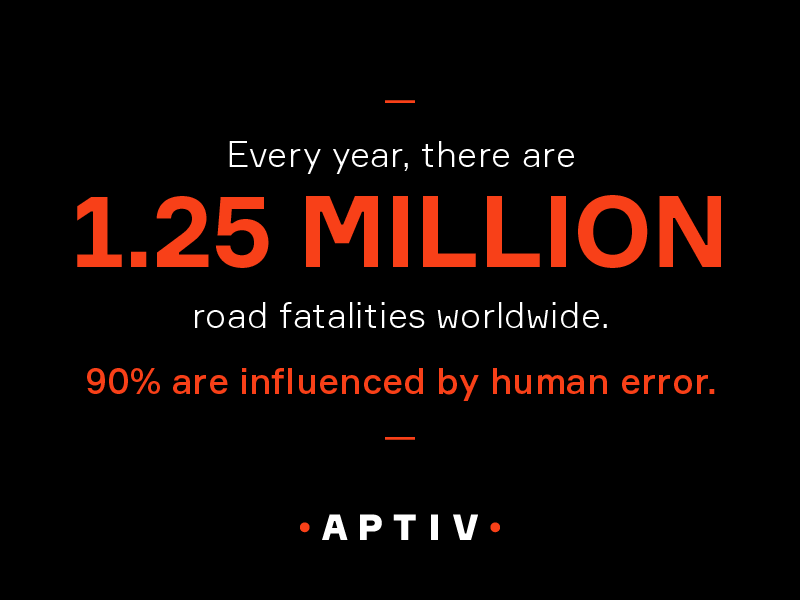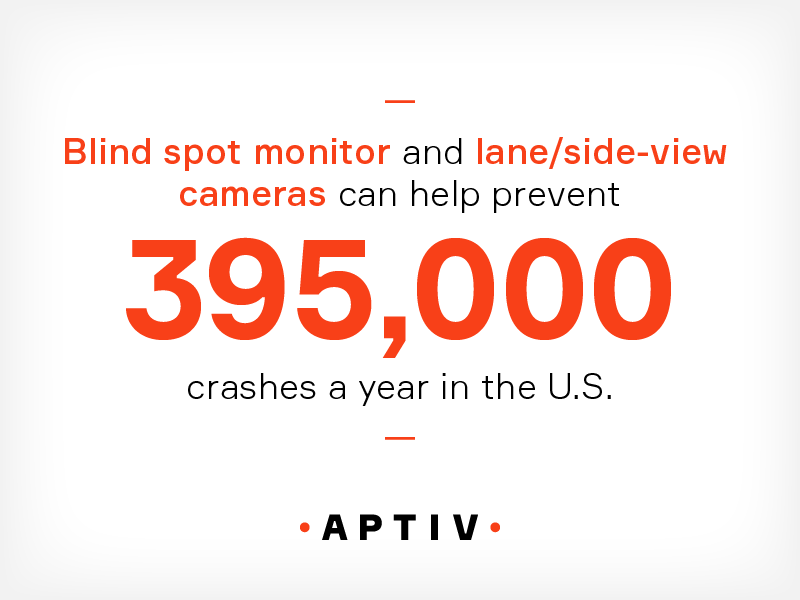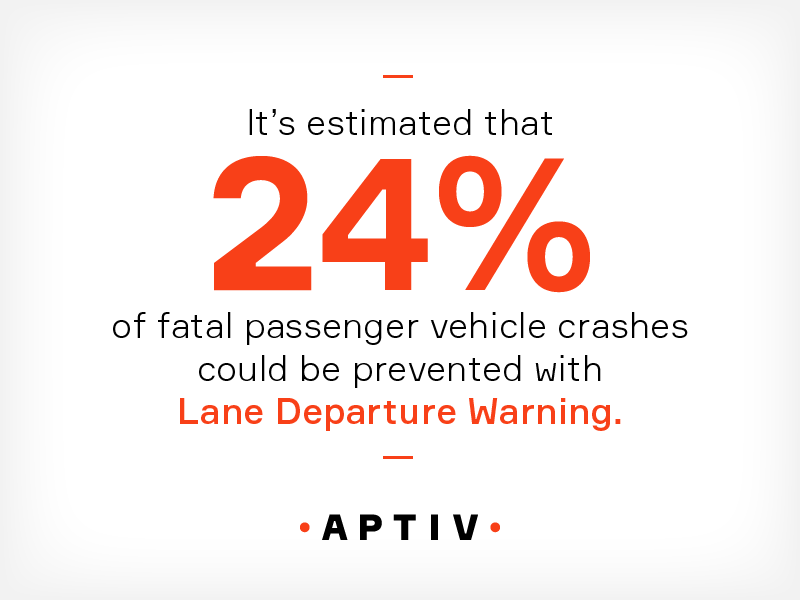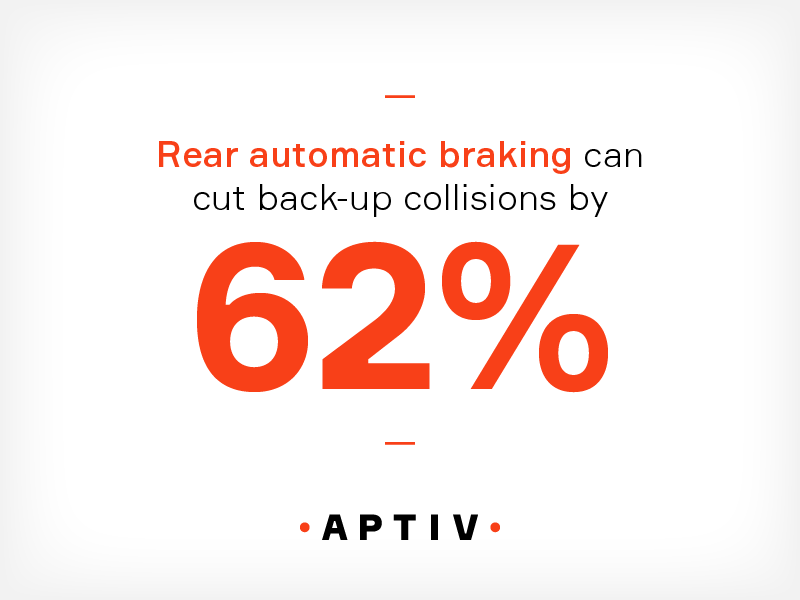From Small Steps to a Giant Leap
For many of us, the autonomous vehicle still feels like something of one giant leap in the dark. After all, taking drivers out of the equation is certainly the most profound change considered in the history of the automotive industry.
However, while the development of a self-driving car represents a revolution in personal mobility, the process of getting there is one of evolution. As the engineers at Aptiv will tell you, this is an incremental journey, characterized by a seemingly infinite series of small, but significant steps. And at the same time, many of the key building blocks to autonomy are already in the supposedly “conventional” cars that millions of us already drive.
These building blocks come in the form of active safety features such as autonomous emergency braking and traffic jam assist. So not only are these systems delivering unprecedented standards of protection for today’s road users - Aptiv’s active safety platform can make decisions 34,000x faster than a human - they are the gateway to a new automotive era.
In our earlier post, the Music of Math, we outlined the close relationship between active safety and the autonomous vehicle. Essentially, active safety systems employ sensors, radar and cameras, combined with algorithms to identify and assess potential risks to the vehicle, and either warn the driver or take appropriate corrective action. Autonomous vehicles need to integrate a comprehensive array of such systems, capable of reacting correctly to every foreseeable scenario that a vehicle might encounter.
Of course, achieving that is anything but simple. But at Aptiv our engineers can learn from, and build on, the invaluable experience of developing and supplying some of the world’s leading active safety technology. Ultimately, all that know-how will be put into a vehicle that can outperform a human, day-in and day-out, year after year.
So how close are we? Fortunately, there’s a straightforward numerical guide to help clarify the situation. At the moment, Aptiv’s engineers talk about our current active safety systems being at Level 1 or 2 on the “autonomy scale.” Level 5, meanwhile, represents the commercially viable, fully autonomous vehicle.
As you’ll deduce, that means we still have to progress through Levels 3 and 4. For example, the sensors that we are deploying in today’s active safety systems will also be the basis of tomorrow’s self-driving vehicle. When we look at the development of algorithms, that learning curve is even more rapid.
Remember, this work is not confined to the laboratory. Our team is drawing on data from active safety systems deployed in cars being driven on public roads the world over.
For those of us that still regard the autonomous vehicle with a little trepidation, this thoroughly linear approach, rooted in real-world experience, should provide welcome reassurance. As will the prospect of dramatic reductions in the number of accidents caused by human error.
Giant leap or small step? We won’t be the first to point out that you can take both at once.
